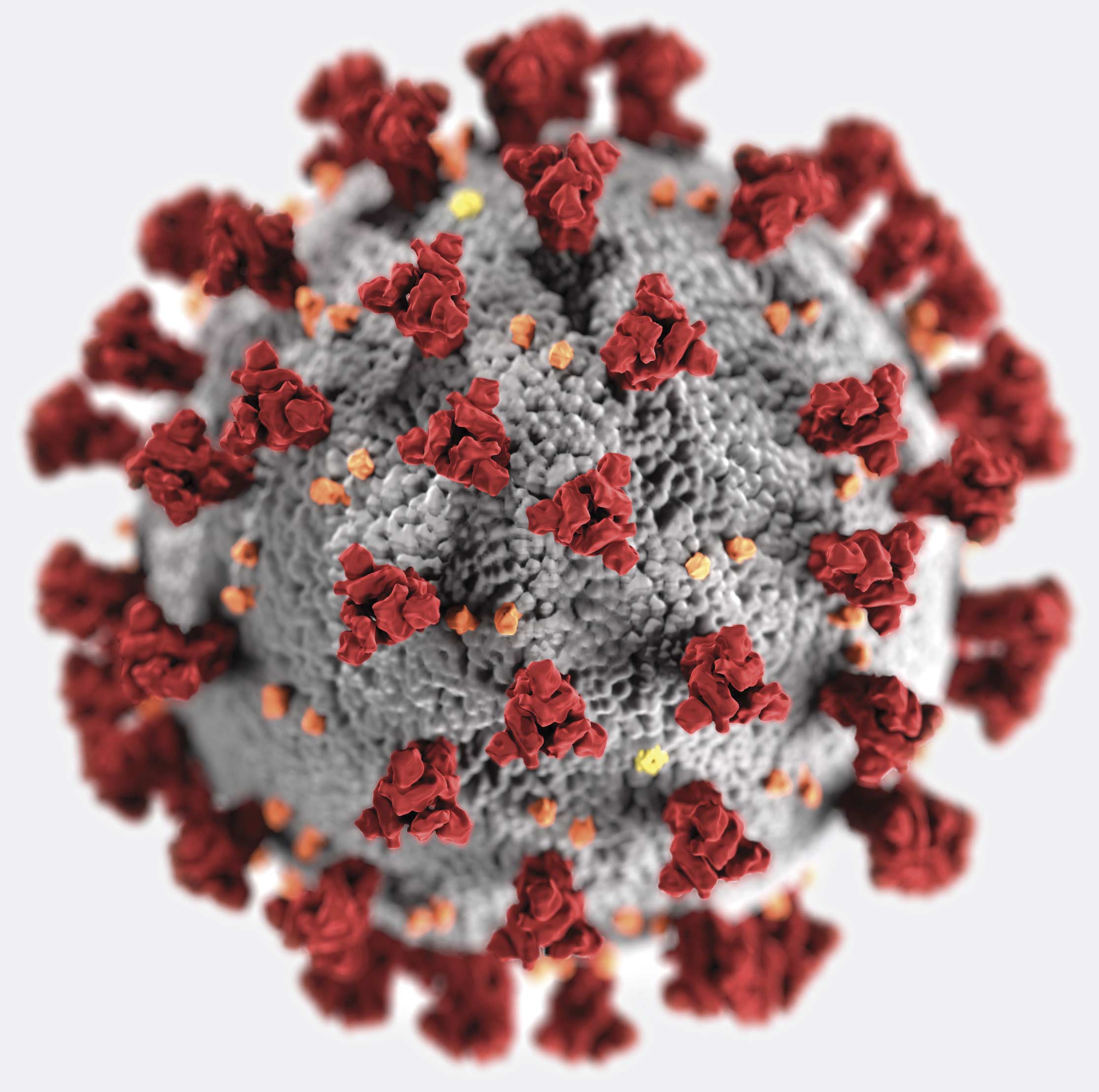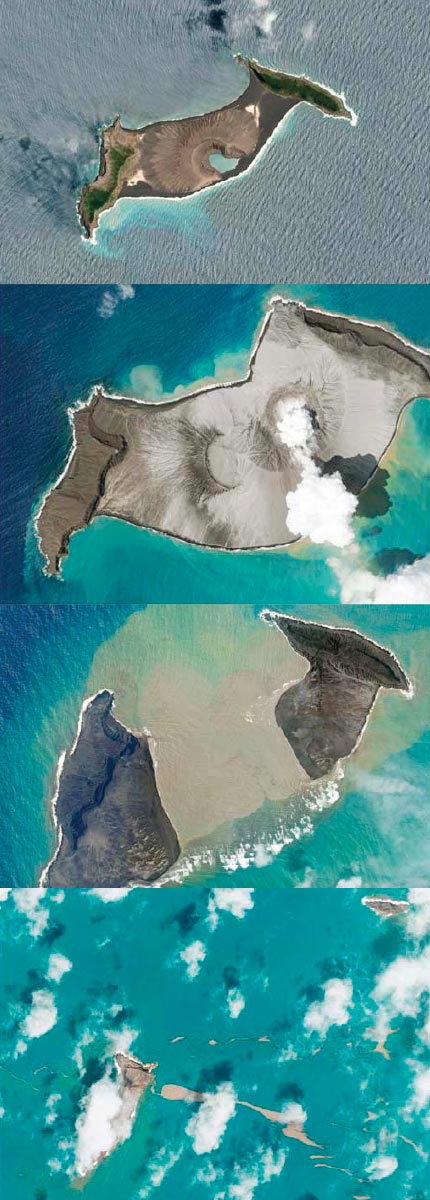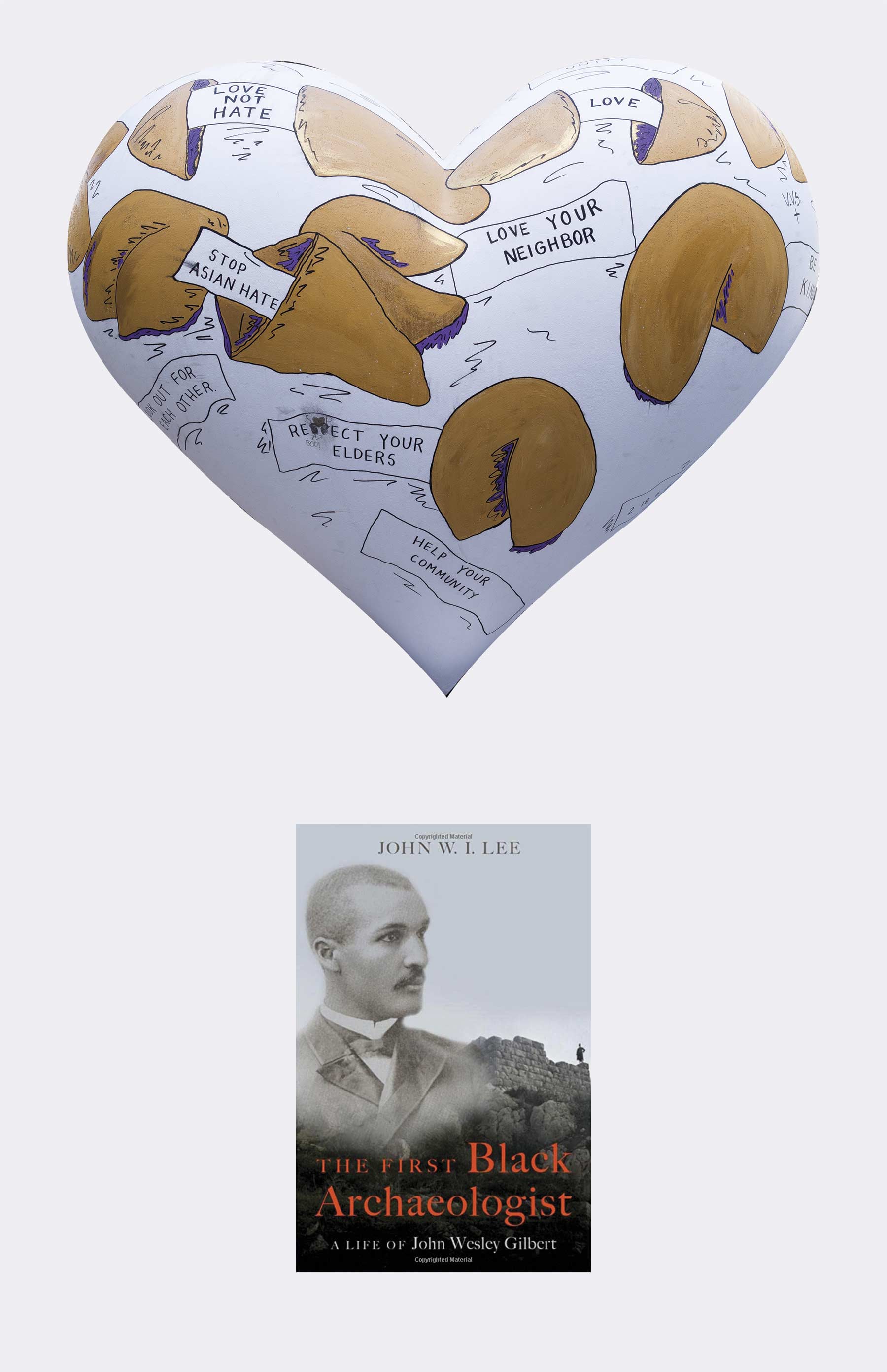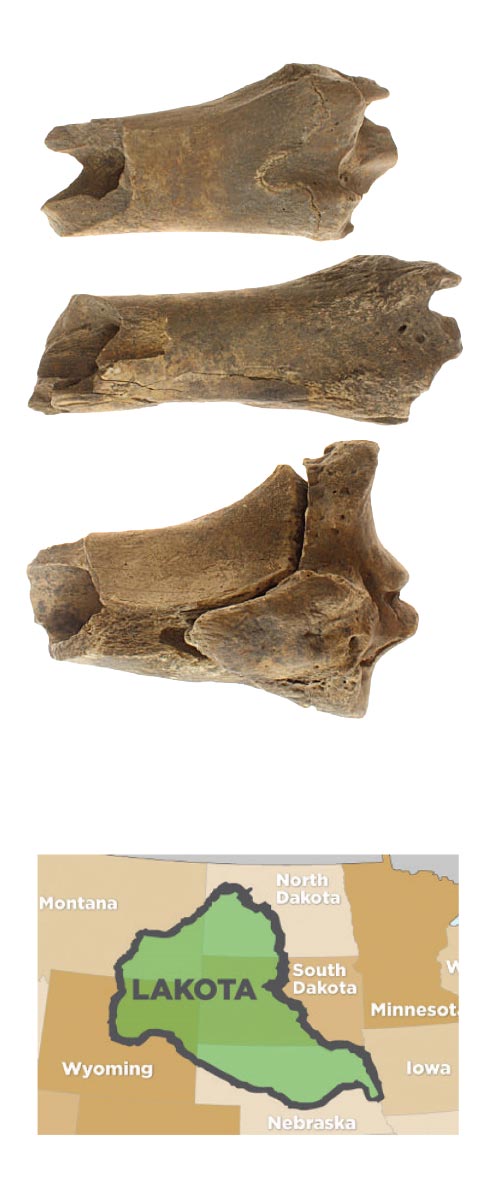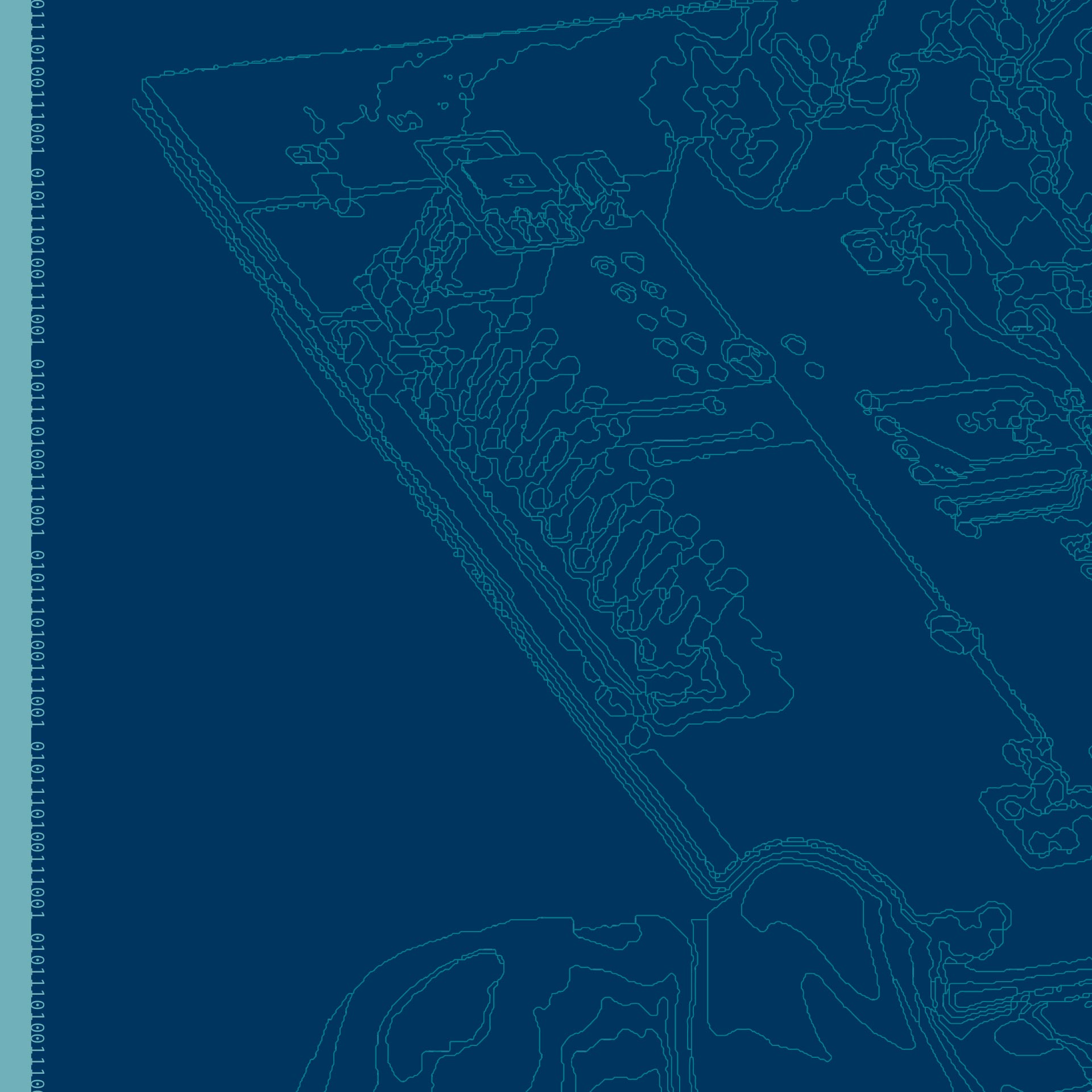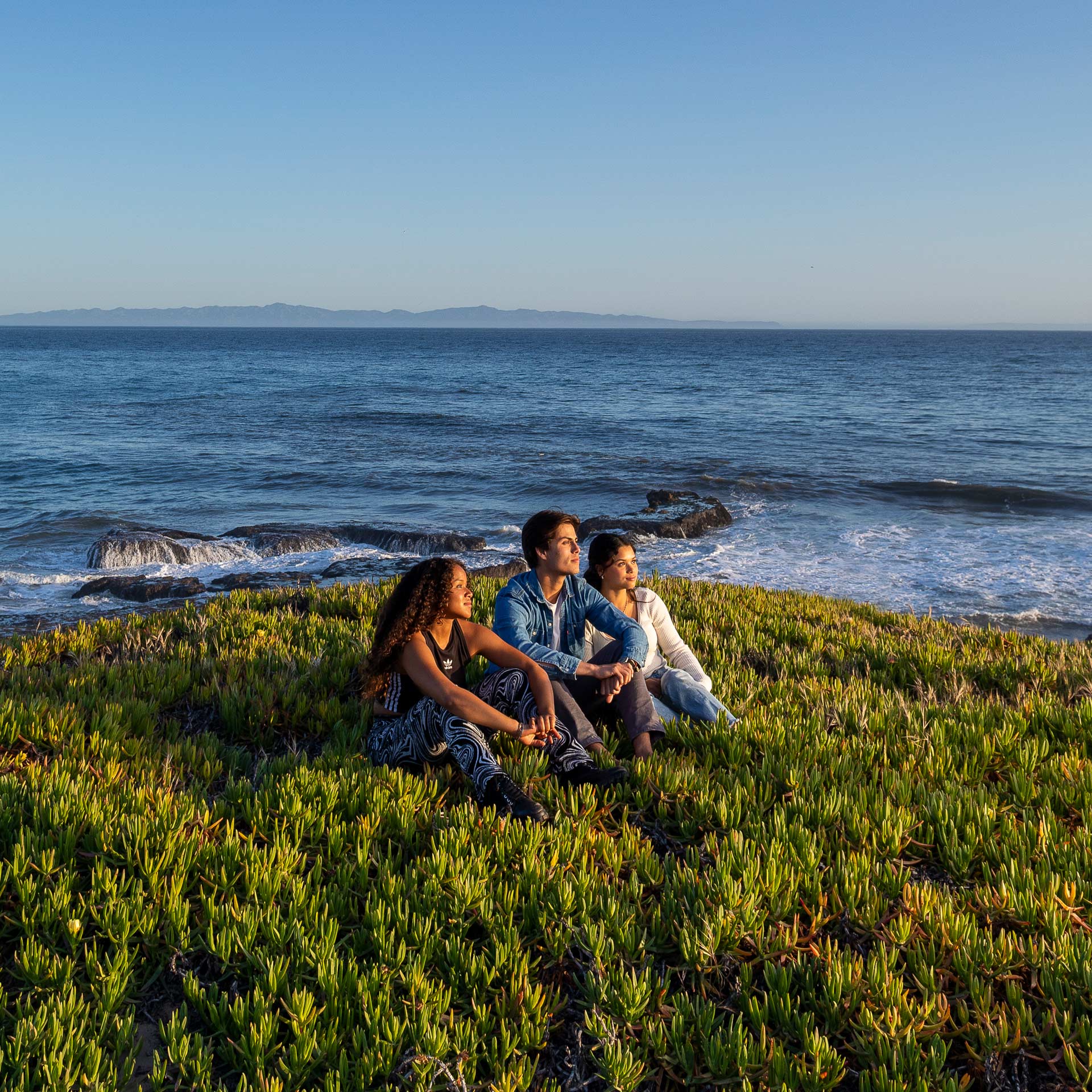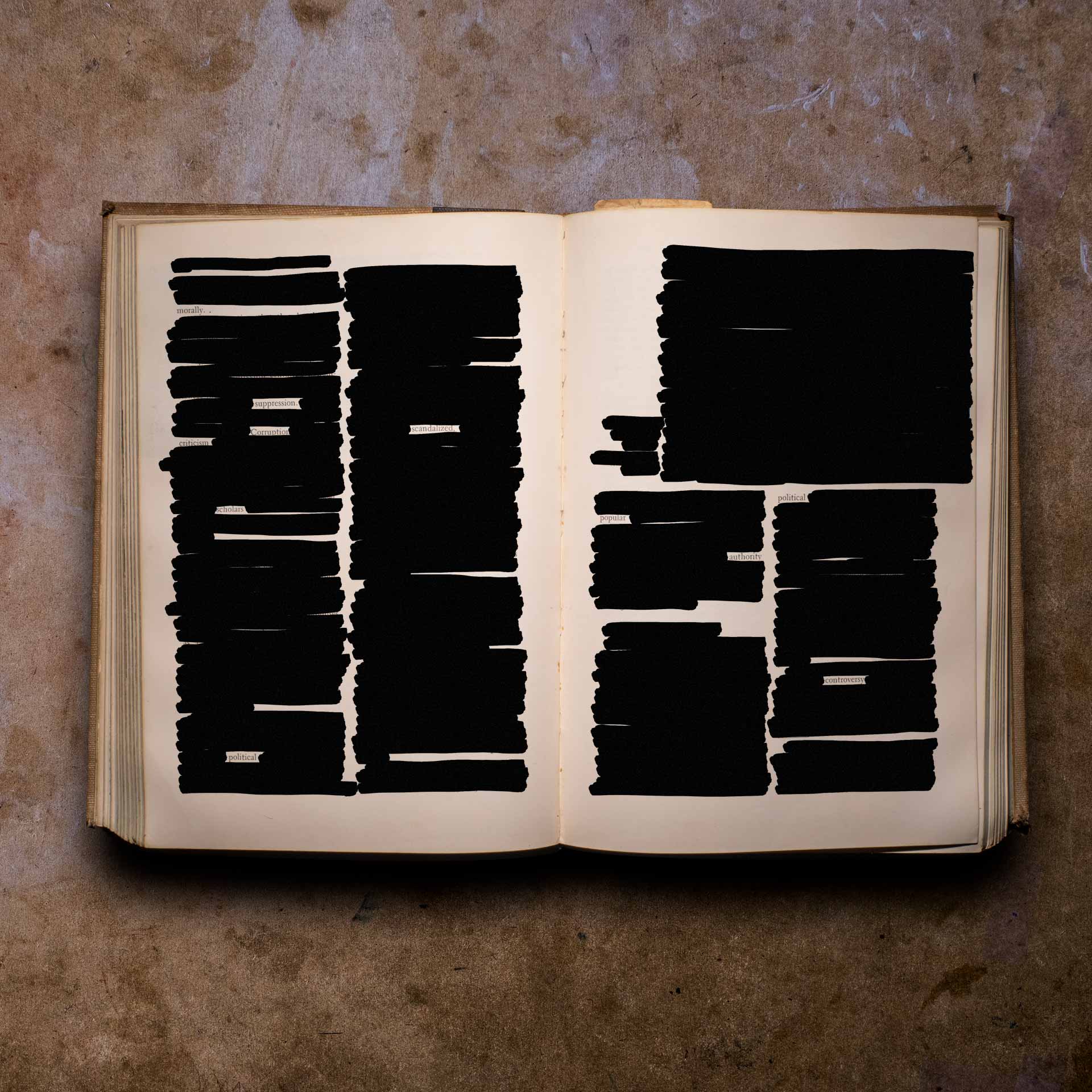Racism and Representation
Anti-Asian racism and violence seemed to spike during the pandemic. But Diane Fujino, a professor of Asian American studies, notes this racism is nothing new; the Chinese Exclusion Act of 1882 and the incarceration of Japanese Americans in World War II are merely the most visible manifestations of physical and structural racism Asians have faced since their arrival to this country. Asian American activism, however, is “conspicuously invisible,” Fujino writes in “Contemporary Asian American Activism: Building Movements for Liberation” (University of Washington Press, 2022). Co-edited with UC Davis professor Robyn Magalit Rodriguez ’96, a UCSB alumna, the book counters the trope of the “model minority,” highlighting current Asian American activism and centering on the question of how to create change.
Born into slavery, John Wesley Gilbert became one of America’s great scholars — a classicist, a linguist, an archaeologist and an educator, a community leader and a missionary. Yet he is little known to the general public. John W.I. Lee, an associate professor of history, aims to correct that oversight with “The First Black Archaeologist: A Life of John Wesley Gilbert” (Oxford University Press, 2022). The biography meticulously traces Gilbert’s rise to national prominence in an era when African Americans often faced obstacles in obtaining even an elementary education. It also details his lifelong commitment to interracial cooperation, an important but sometimes overlooked thread of 19th century U.S. history, and opens a window to the blossoming of African American education during and after the U.S. Civil War.
